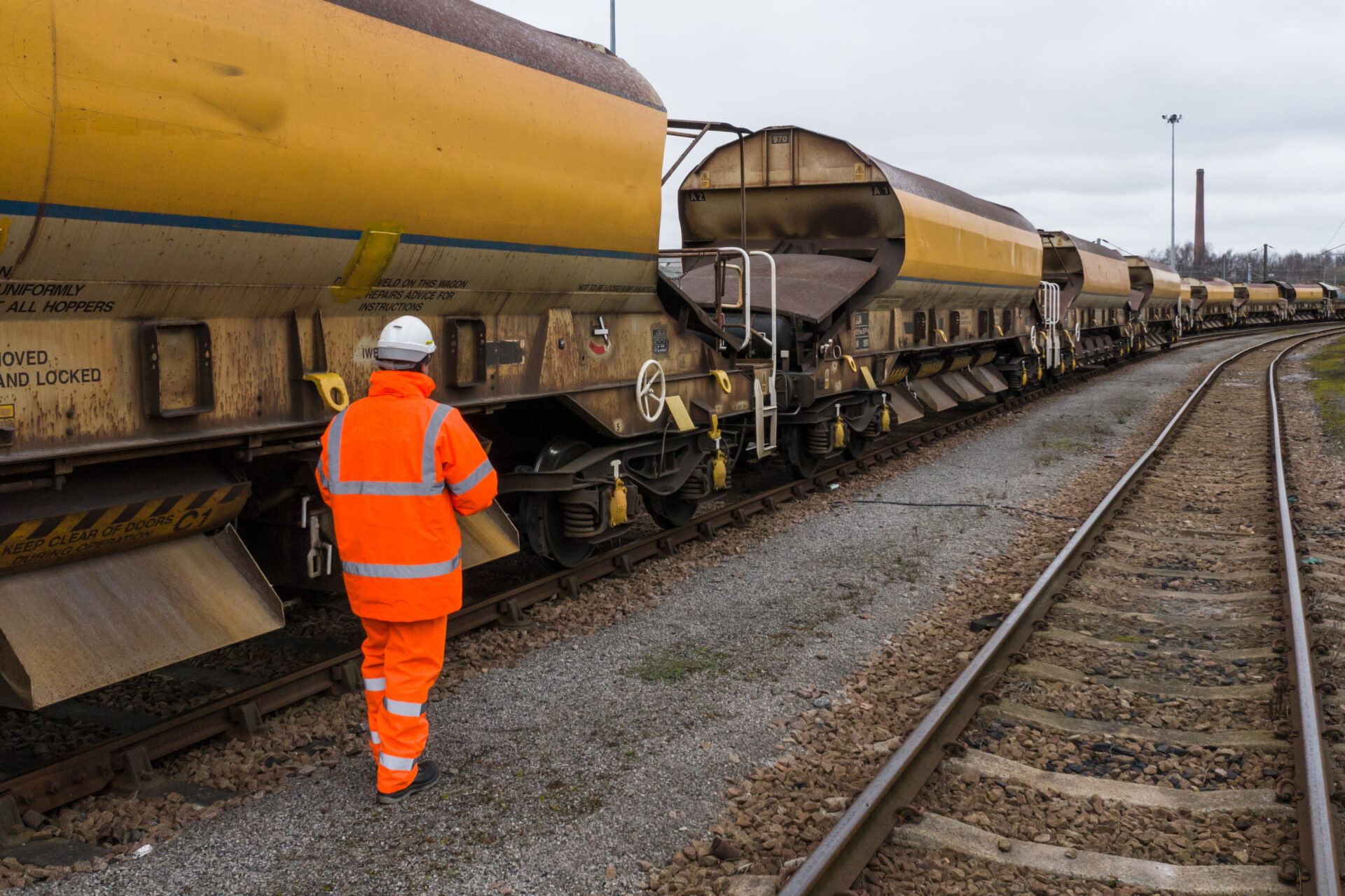New research from the Rail Safety and Standards Board (RSSB) will allow more individuals with colour vision deficiency to qualify for safety-critical railway roles, such as train driving. The findings, prompted by concerns raised by ASLEF, have led to a revised testing approach that assesses colour vision more thoroughly and fairly.
Currently, the Ishihara test is widely used to screen candidates for colour vision deficiency in safety-critical railway roles. While effective at identifying deficiencies, the test does not measure the degree of colour vision loss, meaning individuals with minor deficiencies may fail despite being capable of performing their duties safely.
RSSB’s research introduces a two-step testing process. Candidates still take the Ishihara test as the initial screening, requiring 100% correct answers to pass. Those who fail will then undergo the Colour Assessment and Diagnosis test, which determines the severity of their deficiency. RSSB analysis shows that this new approach could clear approximately 47% of those currently failing the Ishihara test as safe for these roles.
Luisa Moisio, RSSB’s director of research, said: “For years, people with minor colour blindness have not been able to work in safety-critical jobs on the railway. This could be discriminatory, breaching equality law, by preventing capable people from being considered for employment.
“Our research has identified a more thorough testing process to establish if someone with colour blindness can safely perform a role. We are now changing medical standards to implement this new fairer testing system, giving more people an opportunity to join the railway family.”
ASLEF, the train drivers’ union, welcomed the development. Mick Whelan, general secretary of ASLEF, said: “We’re extremely pleased with the successful outcome of the work of the RSSB, which we initiated and subsequently worked with the RSSB to deliver. This will give a greater opportunity for those currently excluded from driving trains to achieve their ambitions.”
The research findings have informed changes to the rail industry standard RIS-3789-TOM. The revised standard, which formalises the new testing process, will be published in March 2025.

















